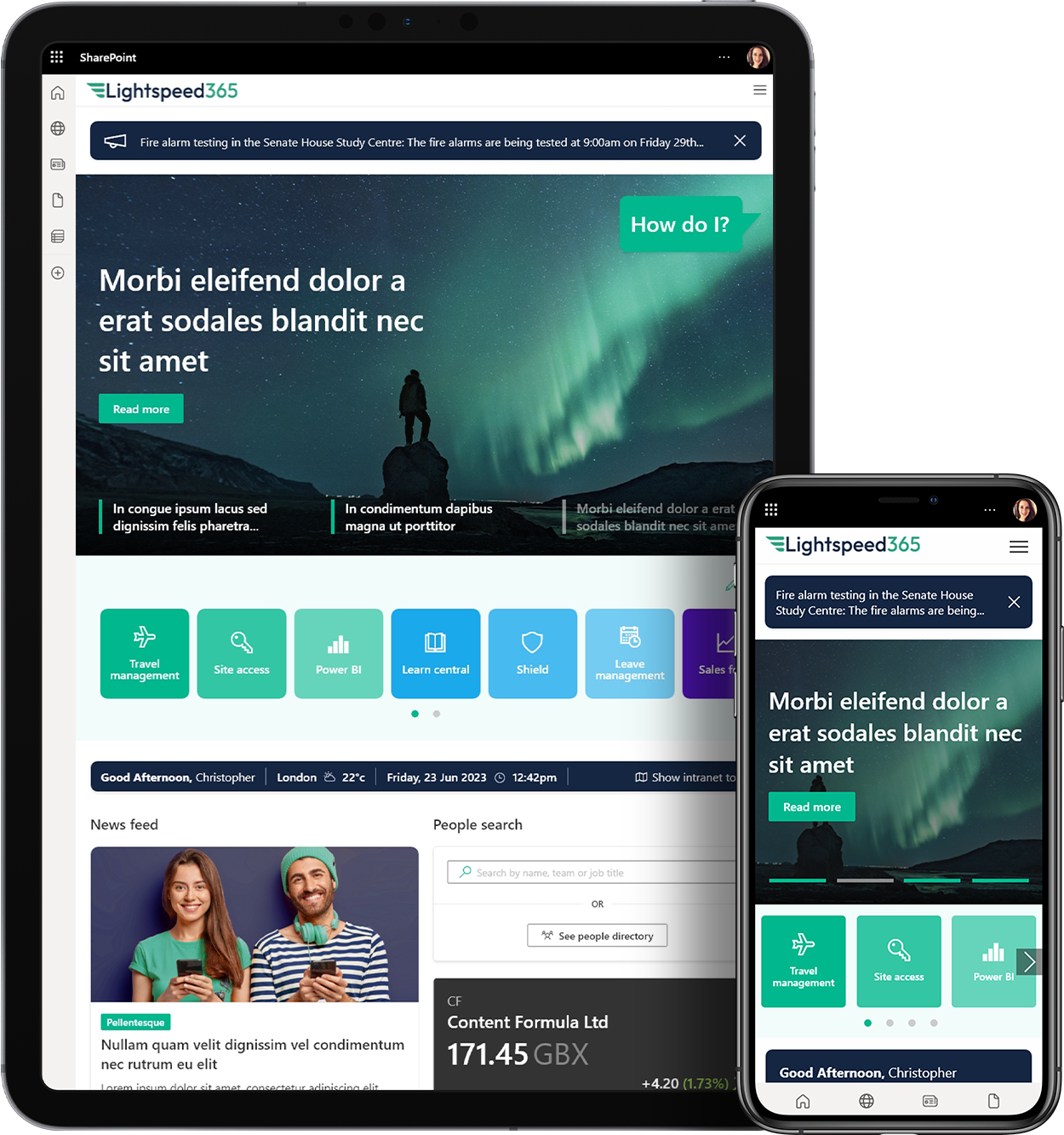We want the intranet to be the one stop shop, you say, not entirely comfortable with that phrase, we want a single source of truth.
But, not everyone likes to use the intranet, you say, we have to rely on mass emails for really important things.
Defining whats really important can be hard, especially during business change, and when there are a lot of business critical updates.
Frankly, by sending email newsletters of news that’s already appeared on the intranet were training people to expect communications to be spoon-fed to them, instead of enabling individuals to find the news that is actually relevant to them. Were demonstrating that if something is supposedly important, well email them. Were relying on push comms and relegating pull comms to, what? The canteen menu?
As the Intranetizens ironic article says:
Creating cast-iron reasons for someone to visit your intranet is a brilliant plan but please, undo your work by creating email digests of the same.
The email digest easier to swallow?
I remember being told that Virgin Trains would send a dozen emails to staff every day, before they got their Yammer ESN sorted. Is it ever right to send 60 emails a week to everyone in your company? Only central governance, supported by appropriate tools, can quash such a deluge.
Enter the weekly / twice-monthly e-newsletter. The newsletter promises stakeholders that their news will reach people, and persuades them not to send an all employee email.
More and more companies are ditching the standard text-only mass email and plumping for a reader-friendly magazine style newsletter. But Outlook can only cope with so much, and so internal comms focused services like Newsweaver and Bananatag provide a better look and feel, and importantly, metrics on open rate and click rate.
In general, newsletters can drive traffic to the intranet, and so that has to be a good thing. No need to write hundreds of words in a newsletter when a summary and link to the intranet article will do.
However, there are intranets out there that dont offer easy ways to schedule and manage news, that don’t offer blogs or social interaction, and where staff find it impossible (for whatever reason) to remember their log-on details.
So some newsletters end up presenting all the info maybe even in secondary newsletter pages rather than linking to the intranet. So heres the tension. We train people to expect all information to be sent to them, as if they are passive recipients of company sanctioned information, and we train people to avoid seeking information on the intranet. Then we blame the intranet for being a poor platform.
Of course, your intranet in its current form might well be a poor platform, but thats another matter (we build good intranets, by the way).
Reaching the right audience (rather than always ‘everyone’)
This is all about multi-channel internal communication; the intranet isnt one single channel the home page is only one way to reach people. Theres also the many professional and interest-based communities that the intranet should support, the enterprise social network, and blogs (that provide more personal, contextual views of the official news).
No one channel or platform can reach 100% of staff 100% of the time the key is to go where your audiences already are. The communities within your enterprise social network and intranet provide rich contact points, and your senior people should be genuinely engaged.
The intranet can target news at specific audiences like people within HR, or people working in Manchester as opposed to London. Audience targeting vastly reduces the noise and the information overload that people suffer. The home page does not have to be the same experience for every member of staff when news, views, and updates are perfectly relevant, people learn to trust the intranet.
Your strategic objective to keep the right people involved with the right topics must remain your focus, rather than the importance of the channel, but you have to match the channel to the message to the audience.
Newsletters should be part of the mix, and should signpost people to more information. Its problematic when newsletters hoard information inside themselves, because details often change, and emails can be difficult to reference in the future. News articles on the intranet, and reference pages, can be updated and shared across other channels. Yesterday’s newsletter is, well, yesterday’s news.
Most comms people want an appropriate channel mix, covering different audiences with mobile intranet access, apps, emails, text messages, and social, but surely we all benefit from reduced email interruptions and a trustworthy intranet.



 SharePoint Products
SharePoint Products

